By: Michael Fox
“Our cocoon-sharing program is the only one of its kind in the UK and makes caring for red mason bees even more accessible by taking out some of the dirtier, trickier elements of the process.
It’s the perfect way to get started if you’re new to the world of solitary bees!“
Chris Whittles MasonBees UK
Meeting Chris and John Whittles at their Shrewsbury, MasonBees UK business has been a highlight of my travels. Chris is an agronomist by training and founder of the very successful CJ Wildlife: suppliers of species specific bird feeders and food. Chris’ focus on research means over 80 species are now being fed, up from an initial 18 species. Chris’ research has also demonstrated the importance of year round feeding for UK garden birds. Chris was also interviewed by Daryl Jones for his excellent book The Birds at My Table: Why We Feed Wild Birds and Why It Matters.
John and Chris produce solitary bee homes in different formats like this Bee Lodge(TM) that includes a removable draw. Great for educational purposes as the individual Mason or Leaf-cutter nest cells to be observed through clear plastic panel.
Designs are evolving with experience, for example, longer nesting tubes increasing bee production. However, at this time, the most common design in use is a simple pipe firmly clamped to a support with a slight downward angle for drainage. The pipe is filled with bundles of nesting tubes.
Chris’ agronomist background means that he has a strong focus on research and innovation as well as a focus on scale-ability of their solitary bee project.
- Narrow species focus: Red Mason Bee Osmia bicornus
- Adopting a narrow species focus has allowed refinement of Bee Home design to maximise reproductive success.
- Development of easy maintenance nesting tubes
- Two part cardboard nesting tubes:
- Inner tubes are easily removed when full. Tubes are then soaked in water to release the cocoons ready for storage over winter.
- Outer tubes are then refitted with clean inner tubes ready for next season.
- Working this way dramatically reduces build up of parasites in nest tubes and pheromones retained in outer tubes attract bees back next season.
- Two part cardboard nesting tubes:
- Guardian Scheme
- Probably the most innovative initiative is establishment of the Guardian Scheme which allows bee lovers, gardeners and farmers right across the UK to be part of a native bee recovery programme.
- Guardians make an initial investment in a Guardian Kit then send mud-capped tubes back in September. In return, Guardians are told what was found inside their tubes and they are sent new cocoons in spring – along with a replacement tube refill for each one sent in.
Over 1,000 Guardians are now active across the United Kingdom.
Chris and John are proud of the success of the Guardian Scheme. So we visited Attingham’s Walled Garden, a local site where Bee Homes have been installed progressively over the past five years.
When they started installing the Bee Homes the apple orchard section of the Garden had never produced a crop. The day we visited the apple trees were heavy with fruit. Productivity across the whole garden had improved dramatically with the help of the solitary native bee pollinators.
Thanks to Chris and John for your generous time sharing your experience.

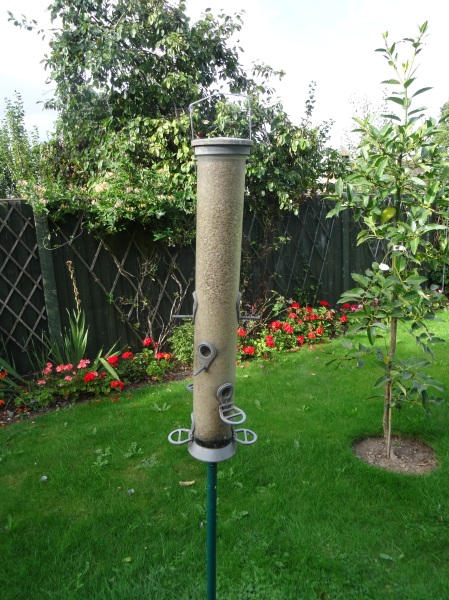

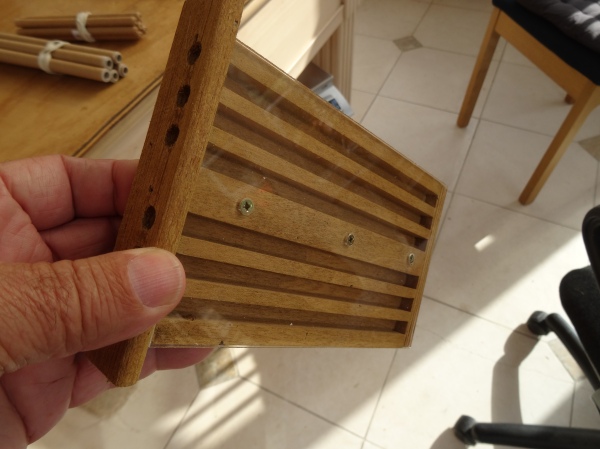
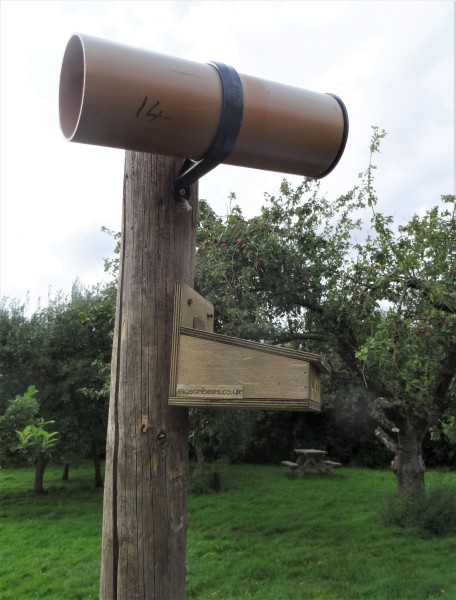
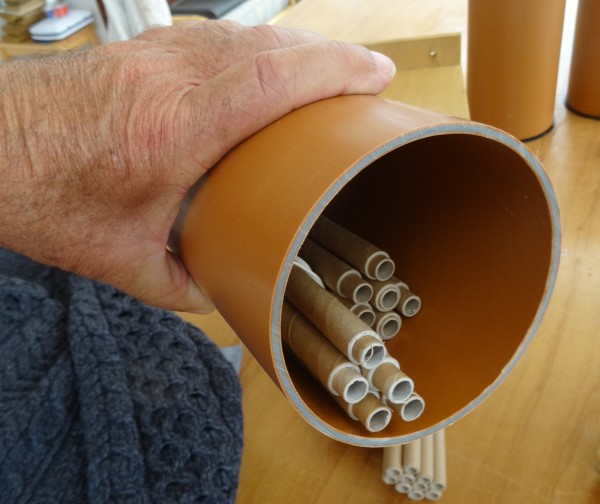
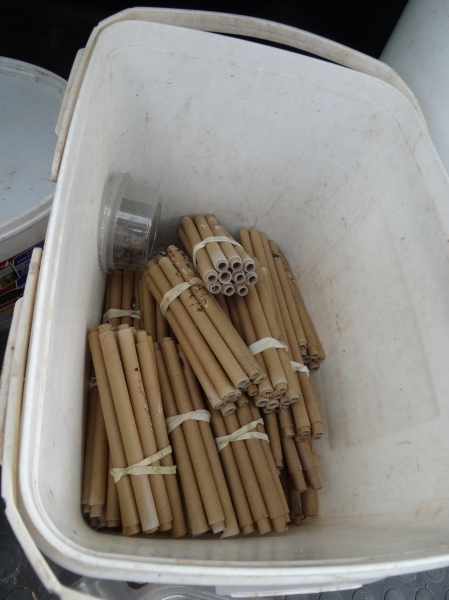
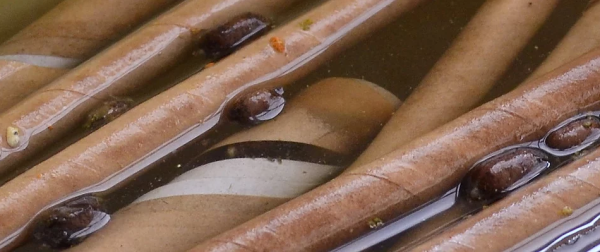
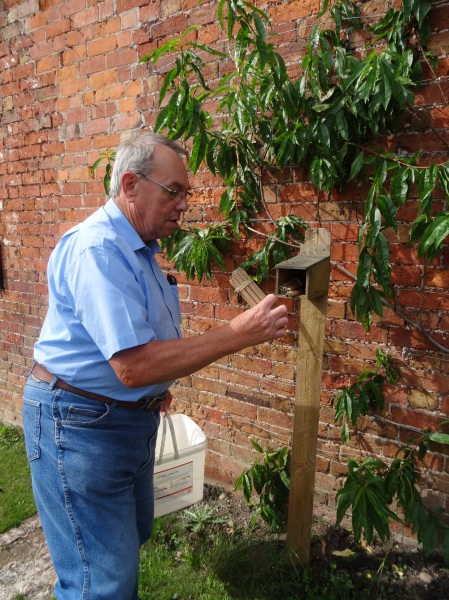
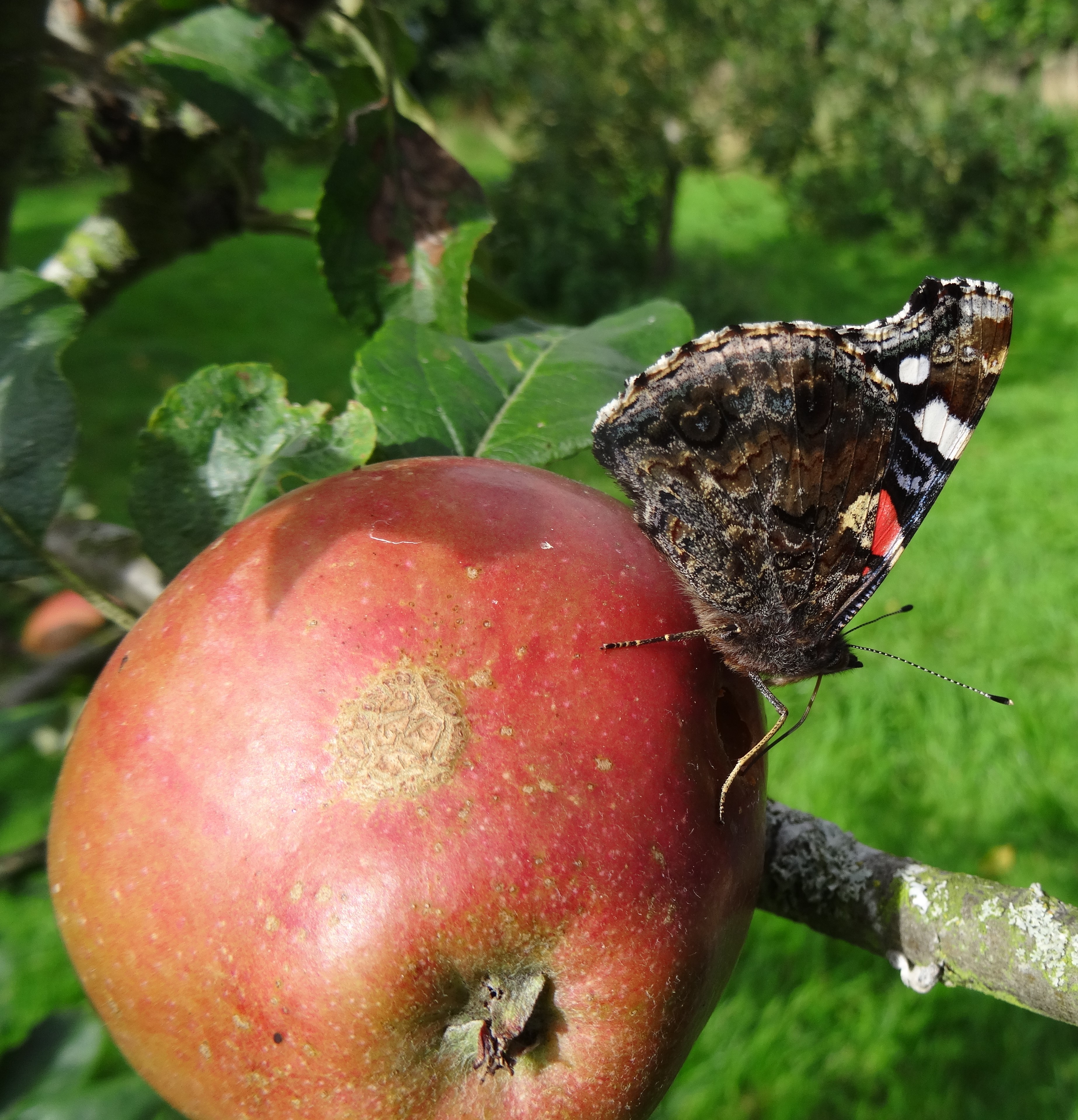








What an interesting project and article!
Yes it is and I am one of the guardians with masonbees.co.uk It is a very good preject indeed and encourages more to join as people are often out off by the work load at the end of the year.
This is all done by the company and they send you back cocoons ready for emergence in the Spring after inspecting and cleaning yours. What could be better? I do keep some of mine back to inspect as I make my own nest tubes also
Thank you Annette. We are learning from your UK experience so it is great to hear from you.
Michael Fox